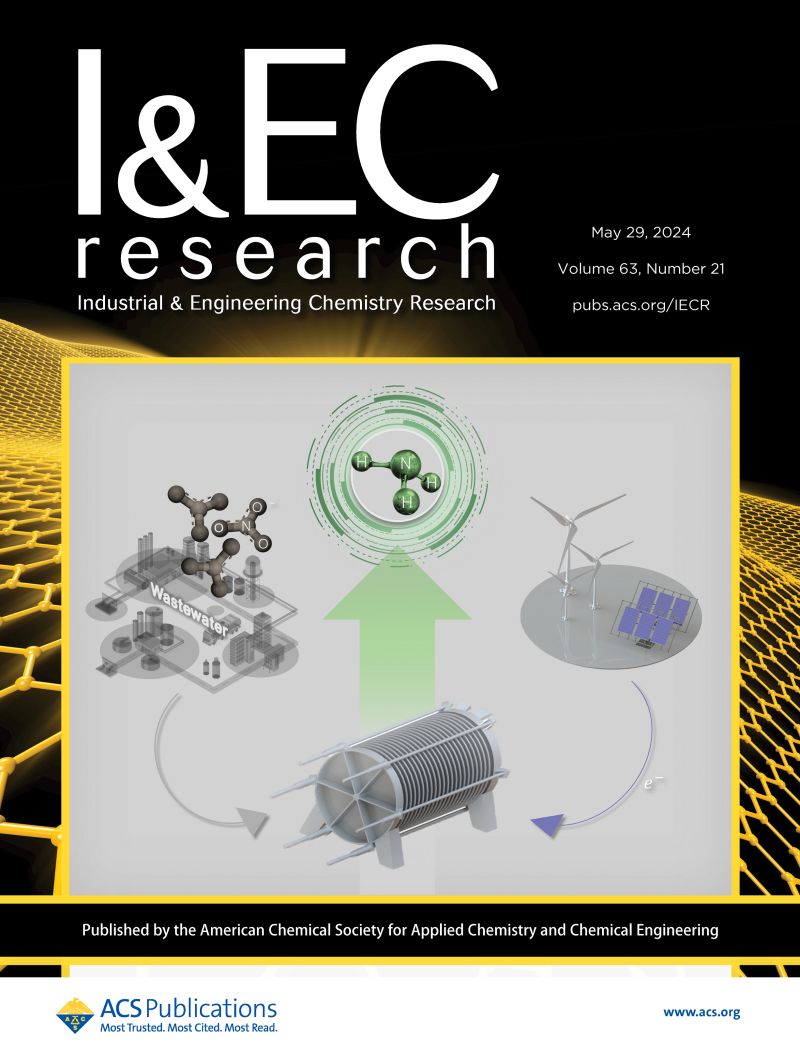Surrogate Modeling with Sensitivity-Based Experiment Design and Process Optimization of Seeded Cooling Crystallization: A Case Study on β-Form LGA
IF 3.8
3区 工程技术
Q2 ENGINEERING, CHEMICAL
引用次数: 0
Abstract
To facilitate quality-by-design (QbD) of seeded cooling crystallization, a novel surrogate modeling and process optimization method is proposed in this paper, based on the design of experiments (DoE) with sensitivity analysis on the process operating conditions. To overcome the deficiency of the crystal growth kinetic model related to the population balance equation, which could not reflect the explicit relationship between the process operating conditions (e.g., initial solution supersaturation and cooling rate) and product crystal size distribution (CSD), a surrogate model is established by using the Gaussian process regression (GPR) approach, based on experimental data from a permitted range of operating conditions. Correspondingly, a swarm-based metaheuristic algorithm named beluga whale optimization (BWO) is adopted to determine proper hyperparameters in the surrogate model. By analyzing the global sensitivity analysis (GSA) of product CSD with respect to these operation conditions, a sensitivity-based DoE is developed to reduce the number of batch experiments required for implementation. Based on the established surrogate model, a comprehensive quality criterion is introduced to optimize these operating conditions, which takes into account the information entropy of product CSD together with the desired product yield and size range. The seeded cooling crystallization process of the β-form l-glutamic acid is tested to verify the effectiveness and merits of the proposed modeling and optimization method.

基于灵敏度的种子冷却结晶实验设计与工艺优化代理建模——以β-Form LGA为例
为了实现种子冷却结晶的质量设计,提出了一种基于实验设计和工艺操作条件敏感性分析的代理建模和工艺优化方法。为克服晶体生长动力学模型中与种群平衡方程相关的晶体生长动力学模型不能反映工艺操作条件(如初始溶液过饱和度和冷却速率)与产物晶体尺寸分布(CSD)之间的明确关系的不足,在允许的操作条件范围内,基于实验数据,采用高斯过程回归(GPR)方法建立了替代模型。相应地,采用基于群体的元启发式算法白鲸优化(BWO)来确定代理模型中合适的超参数。通过分析产品CSD在这些操作条件下的全局灵敏度分析(GSA),开发了基于灵敏度的DoE,以减少实施所需的批量实验数量。在建立的代理模型的基础上,考虑产品CSD的信息熵、期望产品良率和尺寸范围,引入综合质量准则对这些操作条件进行优化。对β-型l-谷氨酸的种子冷却结晶过程进行了实验,验证了所提建模和优化方法的有效性和优点。
本文章由计算机程序翻译,如有差异,请以英文原文为准。
求助全文
约1分钟内获得全文
求助全文
来源期刊

Industrial & Engineering Chemistry Research
工程技术-工程:化工
CiteScore
7.40
自引率
7.10%
发文量
1467
审稿时长
2.8 months
期刊介绍:
ndustrial & Engineering Chemistry, with variations in title and format, has been published since 1909 by the American Chemical Society. Industrial & Engineering Chemistry Research is a weekly publication that reports industrial and academic research in the broad fields of applied chemistry and chemical engineering with special focus on fundamentals, processes, and products.
 求助内容:
求助内容: 应助结果提醒方式:
应助结果提醒方式:


